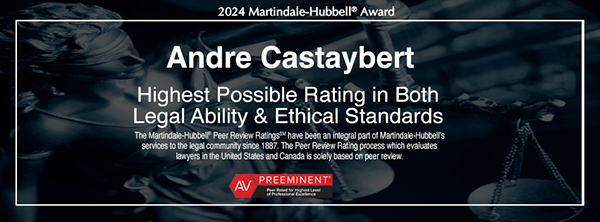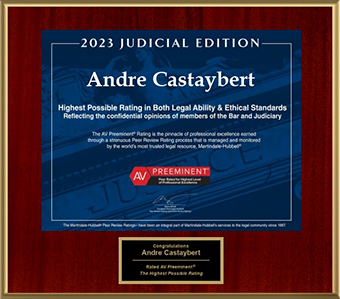Start Up Tip: Structuring an Art-Based Business
About 375,000 visual artists in the United States operate their businesses without a corporate structure, which not only leaves them vulnerable to personal liability but also prevents them from enjoying certain tax benefits. Art Law Journal recently wrote a piece on the advantages and disadvantages of the several types of business entities are available in the United States. (Read the full article here.) To summarize:
- Sole Proprietorship
- A sole proprietorship is a type of business entity that is owned and run by one natural person.
- No action needs to be taken to become a sole proprietor. If an individual opens a business and does not incorporate, then he or she automatically becomes a sole proprietor.
- The sole proprietorship must pay Medicare and Social Security taxes at the end of the year. However, the sole proprietorship does not pay any payroll taxes on income, withhold income tax, file employment tax returns, or pay state or federal unemployment taxes. In addition, the sole proprietorship does not need to be covered by workers’ compensation insurance.
- However, there is no legal distinction between the owner and the company. Since the company is not a separate business entity, there is unlimited exposure to personal liability. If the business is sued, then an owner’s personal assets may be at risk.
- Partnership
- A partnership is a type of business organization in which two or more individuals combine resources, share profits and losses, and share joint administration and control of the business.
- Members of a partnership often enter into a partnership agreement, which is a contract between partners that states the terms under which the business operates.
- Partnerships are governed by state law. However, the default rules for partnerships in most states can be problematic, especially when conflicts arise between partners.
- In addition, partnerships face unlimited liability. An individual may be personally liable for his or her partner’s actions.
- Corporation (C-Corp)
- A corporation is a separate entity from its corporate principals. Because the corporation is a distinct entity, corporate principals have no personal liability for corporate debts, breaches of contract or personal injuries to third parties caused by the corporation, employees or agents. Moreover, creditors can only target corporate assets so cannot make any claims or seizure for personal assets.
- C-Corps can also issue stock.
- However, double-taxation is a major disadvantage for C-Corps.
- Subchapter S (S-Corp)
- An S-Corp provides many of the same benefits as a C-Corp without the double taxation.
- An S-Corp also provides liability protection for the shareholders.
- Although S-Corps may enjoy reduced Social Security and Medicare taxes, there are additional expenses associated with an S-Corp, depending upon the state, such as workers’ compensation and unemployment insurance coverage.
- Limited Liability Company (LLC)
- An LLC combines the personal liability protections of a C-Corp or S-Corp with the simplified tax structure and filing requirements of a partnership or sole proprietorship.
- In addition, a company’s profits and losses flow through to the shareholders’ personal tax returns.
- However, an LLC does not issue stock. Members of an LLC participate in the management of the company, making choices and offering guidance on the company’s direction, through majority decisions.
To learn more about what Castaybert PLLC can do for you in terms of Art Law, click here.








